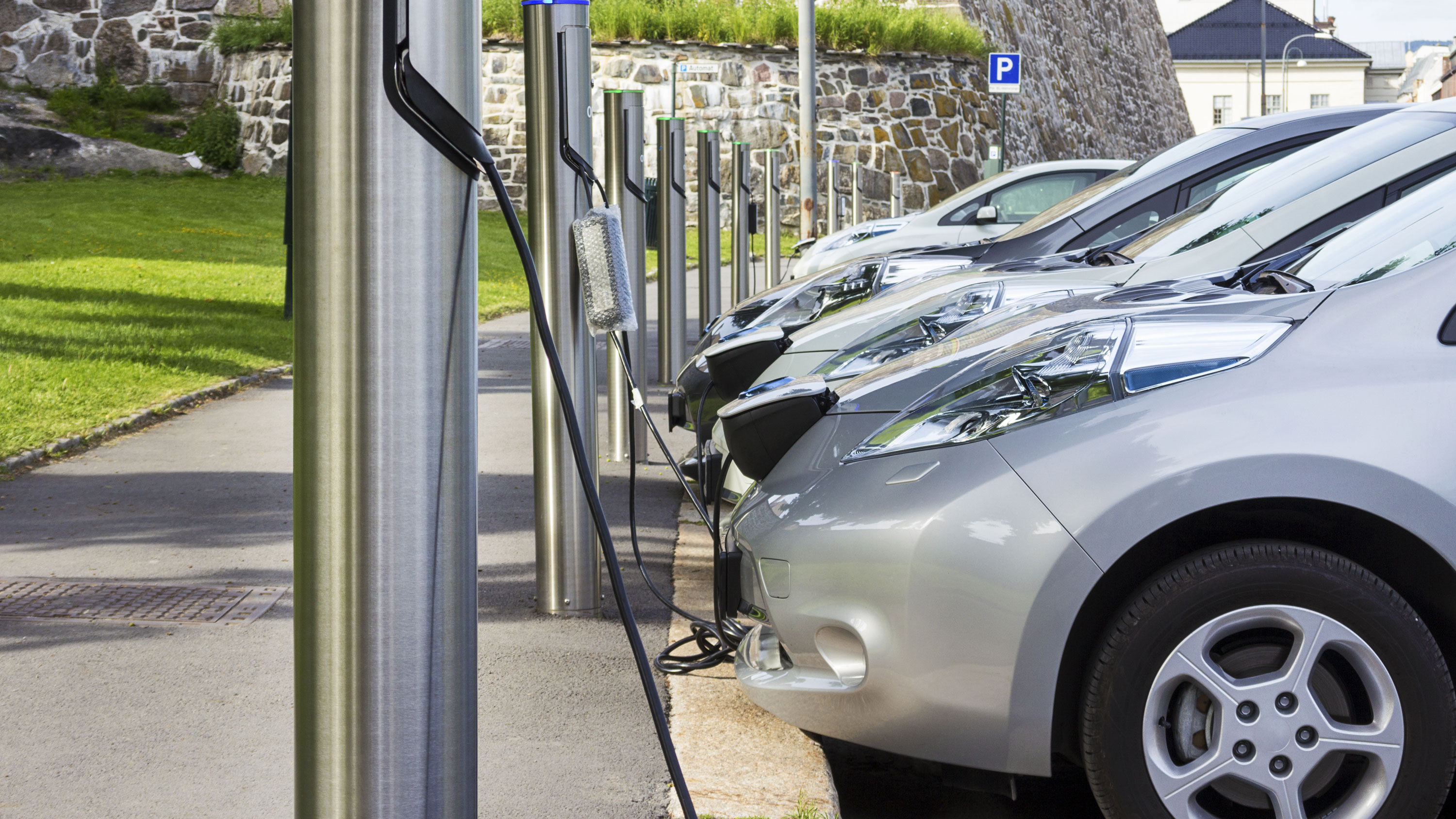Huge boost for EV owners as massive electric car charging network gets funding
Aiming for 500,000 stations across the US

If you're an electric car owner in the US, you can look forward a greatly increased number of EV charging stations across the country in the coming years.
After months of speculation of who would and wouldn't vote for President Biden's blockbuster infrastructure plan, we've finally learned the bill's fate.
The United States House of Representatives has passed the bill, which unlocks $1.2 trillion in spending for roads, bridges, railways, high-speed internet access, and more.
Tucked away within the bill, billions of dollars are being set aside to improve the country's electric car infrastructure, which includes building hundreds of thousands of new chargers.
- EV charging connectors: what they are and how they compare
- EV vs PHEV vs self-charging hybrid vs mild hybrid: what's best for you?
- The fastest accelerating electric cars in the world
The hard-fought infrastructure bill includes $7.5 billion to build a nationwide network of EV chargers.
The 500,000-charger target would triple the current number of charging stations in the US The Department of Energy's count pegs today's number of electric vehicle chargers at 122,000, which includes fast charging and Level 2 connectors.
The infrastructure bill's intention is to bolster charging support along highways and to build charging stations in communities.
Get daily insight, inspiration and deals in your inbox
Sign up for breaking news, reviews, opinion, top tech deals, and more.
Analysis: battling range anxiety
Automakers are doing all they can to address the challenge of range anxiety by with ever-increasing EV battery capacities and quick charging capabilities, but the lack of infrastructure is still a big sticking point for most Americans.
Outside of metropolitan areas, charging stations can be few and far in between or completely nonexistent, which makes it impossible to own and drive an EV, regardless of how far it can travel on a charge or how quickly it recharges.
The goal of 500,000 chargers by 2030 is a noble one, but it doesn’t go far enough quickly enough to match the velocity with which new EVs are hitting the market.
That said, too little too late may be the best we can hope for, given the current political and economic climate.

After working in the technology and software industry for several years, Chris began writing as a way to help people outside of that world understand the sometimes very technical work that goes on behind the scenes. With a lifelong love of all things automotive, Chris turned his attention to writing new vehicle reviews, detailing industry trends, and breaking news. Along the way, he earned an MBA with a focus on data analysis that has helped him gain a strong understanding of why the auto industry’s biggest companies make the decisions they do.